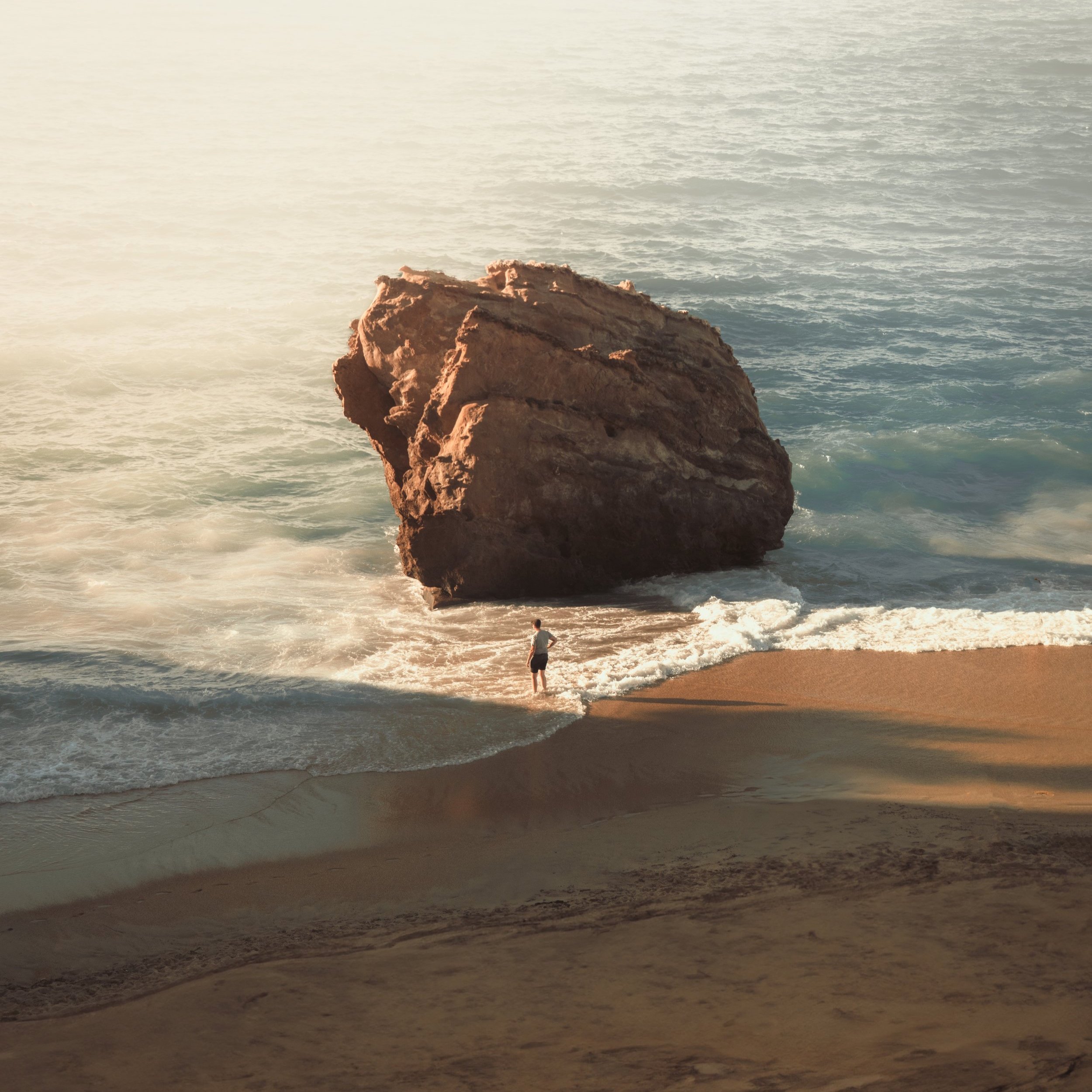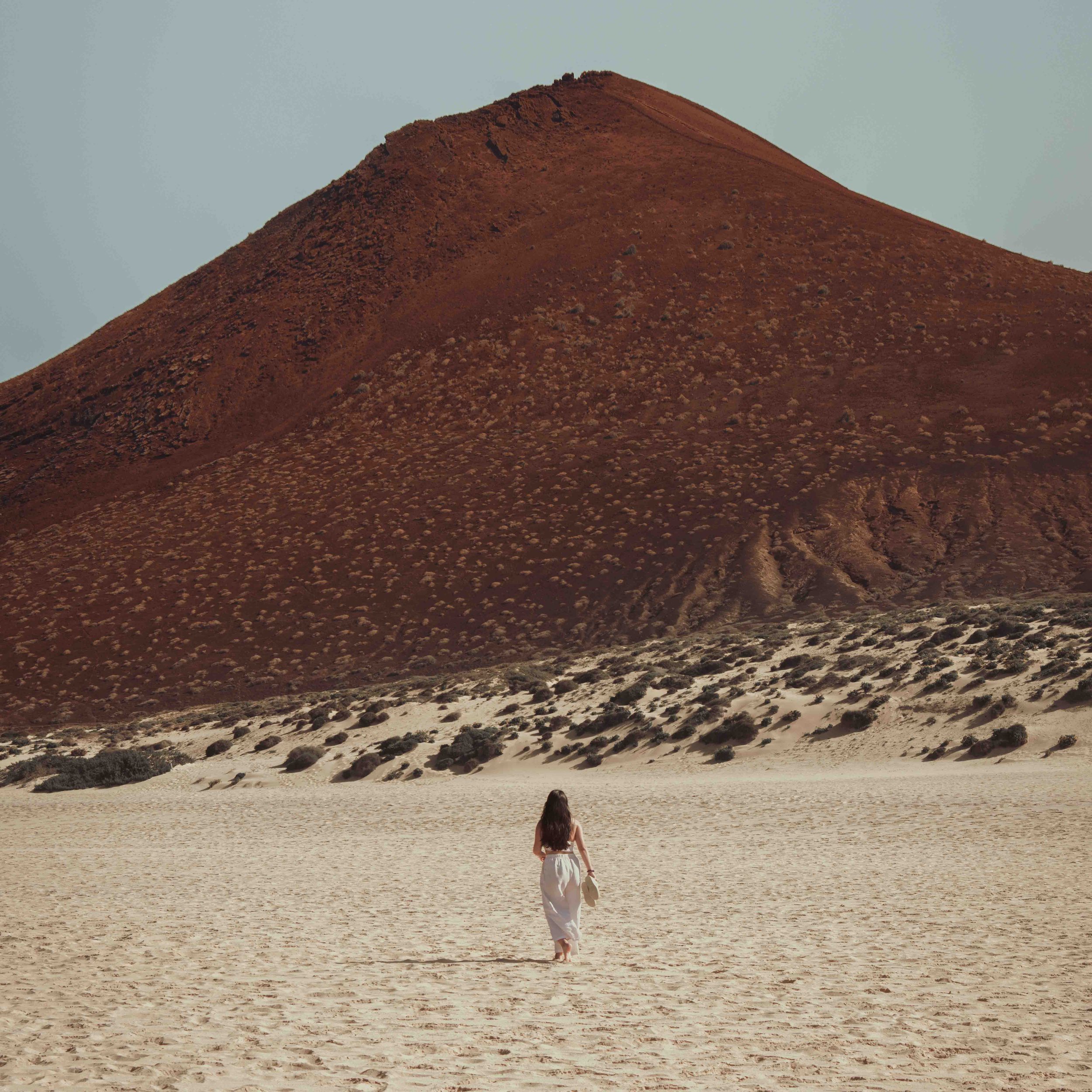EVEREST BASE CAMP: WHAT I NEED TO CARRY?
The Everest Base Camp trek is one of the most exciting and challenging trekking routes in the Himalayan region of Nepal. The ascent to EBC can be done via the usual route through the Valley of the Yaks, via Gokyo and following the route of the three mountain passes. We chose the intermediate difficulty route via Gokyo.
This trek combines two of the most popular treks in the region, the Everest Base Camp trek and the trek to Gokyo Ri, offering adventurers the opportunity to explore breathtaking scenery, snow-capped peaks, glaciers and crystal clear lakes above 5000m.
The trek starts in Lukla, where trekkers fly from Kathmandu or Ramechhap (alternative airport to decongest Kathmandu) to reach the most dangerous airport in the world. From there, the route follows the Dudh Kosi river valley, passing through charming villages, rhododendron forests and suspension bridges. As one ascends, the landscapes change and glacial valleys, towering peaks and ice fields present themselves to the trekkers.
One of the highlights of this trek is the ascent of Gokyo Ri, a hill that offers spectacular views of the highest peaks in the Himalayas, including Everest. The hike to the top of Gokyo Ri is challenging but rewarding, as it is a scenic trek that provides a 360-degree panoramic view of the region.
In addition, the Everest Base Camp trek through Gokyo Ri allows you to explore Lake Gokyo, one of the highest lakes in the world, surrounded by snow-capped peaks and glaciers. This place offers a quiet and serene environment to rest and contemplate the majesty of nature.
Once you ascend to Gokyo Ri the route continues through the Cho La mountain pass, the last stretch of high difficulty and danger before reaching Everest base camp.
If you are thinking about trekking to Everest base camp, you will surely be flooded with doubts about the appropriate clothing to be able to make the trek well equipped with the least possible weight and this is a great challenge because the weather conditions throughout the expedition are tremendously variable. Ascending an average of 500-800m per day we will go from 21ºC to temperatures of -12ºC at night in little more than 10 days.
After our expedition, in which we went without knowing the area and without knowing if we would be well equipped, I wanted to make a detailed list of everything we carried in our backpacks and that was so useful.
Important: we did this trek from late October to early November in 2023, which was a year where climate change was very noticeable in the Sagarmatha area (natural park where Everest is located) and we did not have to walk on snow. Depending on the time of the year, the amount of warm clothing you may need will vary. All amounts shown in this list are considered per person.
Head
1 Cap to protect us from the sun during the first stages of the trek.
1 wool cap to protect us from the cold in the last stages and at night when we go to sleep.
1 Category IV sunglasses, suitable for high mountain light.
Collar
1 thin neck warmer, for the first stages
1 wool neck warmer for the last stages
Upper body
2 short-sleeved cotton T-shirts
2 thermal T-shirts
1 windbreaker sweatshirt (running sweatshirts are a great option)
1 fleece
1 windbreaker with windproof function
1 down jacket (thin) to keep warm in the lodges/lodges
1 heavy down jacket adapted for high altitude. We bought these jackets on our arrival in Kathmandu as there are some very good deals on second hand gear.
2 sports tops, this would apply to women
Hands
1 thin hiking gloves
1 fat gore tex ski gloves
Lower body
1 fitness legging
1 thermal legging
2 long trekking pants
2 long thermal trekking pants (down to -18°C)
1 waterproof cover for pants, very necessary in case of rain
7 changes of underwear
Feet
5 pairs of thin, seamless trekking socks
3 pairs of thermal trekking socks (down to -18ºC), seamless
1 pair of flip-flops that you can wear with socks to rest your feet in the lodge and take a shower.
1 pair of trekking shoes, to visit the villages where we stay after the daily stage.
1 high mountain trekking boots, preferably mid-calf with vibram and gore tex soles.
Material during the trek
1 hiking backpack of 70L (for two persons)
1 trekking backpack of 30L per person.
Thin sleeping bag cover for the first stages.
Sleeping bag up to -20ºC
Tekking poles
Crampons (if you are going to do a mountain pass such as Chola La or the trek of the three passes).
Water purification tablets, you will not always be able to buy water. As you ascend, the demand for water is much higher than the supply, so the only safe way to drink water is by making it drinkable from the sources you come across on your way.
1 1L flask to carry water.
Energy bars
Chocolate or chocolate snacks
Protein (packaged Serrano ham will save you in the higher altitude stages when it is no longer safe to consume animal protein in the lodges).
Organized bags for the main bag
Waterproof cover for all backpacks
Personal hygiene
Toothbrush (not electric, you won't always be able to charge it so it can be a problem) and toothpaste
Bath gel and shampoo
Sunscreen for face and arms
Moisturizing cream for face, the cold weather will cut your face and it is highly recommended to bring it.
Vaseline or lip balm
Hairbrush or comb
Antiperspirant deodorant, it avoids bad odors derived from sweat as there will be days when you cannot shower or you do not feel like it because of the low temperatures.
Anti-fungal powder for your feet
Several rolls of toilet paper, in the lodges they do not have it so everyone has to carry their own if they want to use it.
First aid kit
Wound care kit (alcohol, betadine, absorbent cotton...)
Antihistamines
Cold medicines
Antibiotics
Ibuprofen or paracetamol
Menthol strips to improve breathing
Edemox or similar for altitude sickness
Compeed or similar for foot chafing treatment
Sterile syringes. In case you need assistance from the emergency services you can offer them to be used as Nepal is one of the countries with more AIDS.
Electronic
Camera and lenses
Camera batteries
Memory cards
3 portable batteries for cell phone charges, there are power cuts so the plugs in the lodges will not always work or you will have to pay for the charges.
Cell phone charger
This is all the material that we carried with us distributed in three backpacks during the entire trek to everest base camp and the Gorephani trek in the Annapurna conservation area. If there was one thing I would improve it would be the underwear, maybe I would consider 1 change for each day I was going to be on the mountain as washing clothes and getting them dry in time is not always possible.
I hope this list will be useful in your adventure and allow you to have an enjoyable expedition :)
See you on the next one!
AUTHOR:
MARA DE LA TORRE
Professional travel & commercial photographer. Content creator spesialised in storytelling.
Lover of nature and capturing it through the lenses.







